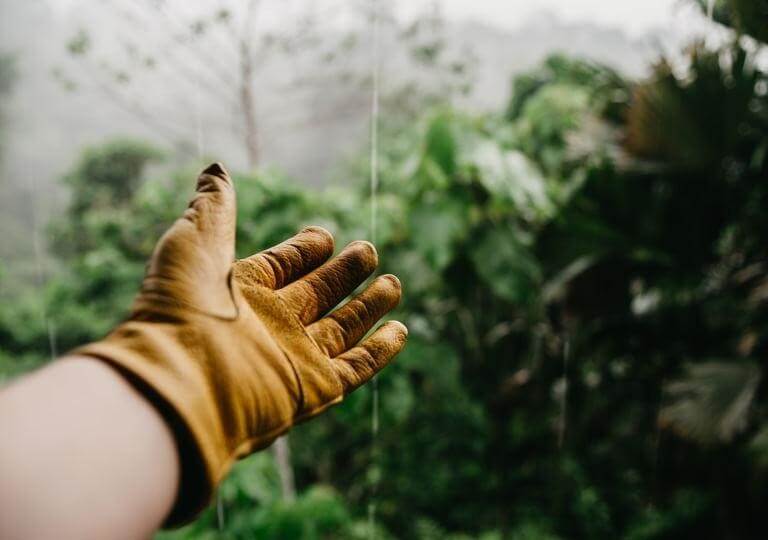A garden wouldn’t be a healthy garden without proper maintenance from the owner. Doing regular garden maintenance helps to prevent pests and diseases from plaguing your beautiful plants and flowers as well as your crops if you have a veggie plot.
However, as what most green thumbs would agree, problems may arise as expected or upfront. For instance, yellow leaves on roses are one of the most common gardening complaints as it indicates a major issue if left untreated. Worse if you see the leaves infecting others and falling off the ground.
Some might think that yellowing leaves on rose bushes are normal, but for garden enthusiasts, it signals a negative implication on the plants’ wellbeing. It pays to familiarize yourself with the common reasons before you can identify what treatment will work well with your rose garden.
Plants need the sun’s heat to properly regulate the temperature within the roots and foliage. Depriving your plants of acquiring a sufficient amount of sunlight can cause yellowing on rose leaves.
For others, light deprivation (also known as ‘light dep’) is a technique used in controlling the amount of light reaching the outdoor plants. It’s an effective method used to speed up the flowering process during late summer and early fall.
In some cases, like in winter, using artificial lights or building a greenhouse is encouraged to help the plants survive.
Monitoring the soil condition is essential to help prevent dryness and moisture. Overwatering or under watering can contribute to plant stressors so be careful not to pour excess or insufficient water amount. As a rule of thumb, check the soil with your hand to easily determine if it’s dry or wet.
Using fertilizers, whether organic or synthetic, can help the plants thrive in external conditions as long as they’re well-fed. It’s important to know the amount of fertilizers to give your rose garden as over fertilizing or under fertilizing can cause nutrient issues.
It’s also good to check the soil pH where you grow your roses to see if it has a balanced rate of acid and alkaline. For instance, a pH level that’s above 6.5 can mean that the iron level depletes. This is mostly visible to newly grown plants that show yellowing on top. Magnesium and nitrogen deficiencies also lead to yellowing of the leaves.
Like any other plants, rose bushes may negatively react when exposed to excessive heat or cold. Whether you live in warm or temperate areas, it’s safe to consider the growing and survival capacity of rose gardens to help ensure where to plant them.
Rose leaves placed in cold spots can weaken the plants so it’s best to grow them in a well-balanced temperature.
Yellow markings on foliage can be a symptom of the normal aging process. As plants grow weak over time, it’s best to trim the stem to help promote new growth.

Photo Courtesy of Vince Fleming via Unsplash
The best way to treat a yellowing leaf is to understand its origin. Diplocarpon rosae is the scientific term for a fungal disease known as black spot. This fungus only targets rose leaves and usually thrives in wet conditions. When exposed to 70-degree F temperatures, the black spot fungus begins to grow and spread within rose bushes.
When you begin to see some rough-edged, black spots on the leaves, don’t wait until they turn yellow. It’s crucial to follow these procedures before it begins to infect its surrounding rose plants.
Treatment to prevent black spot infestation:
When the yellowing of the leaves has started to become visible, here’s what you can do:
Note: It’s always best to ask for expert assistance to know what treatment and applications are recommended for use.
Rose leaves can thrive in a well-regulated temperature and require at least six hours of sunlight to grow maturely.
Not only do rose gardens add a visual impact to your property but they also provide environmental and health benefits. Make sure to know the proper treatment for each specific issue to ensure that you’re helping the plants to mature in the best way possible.
This is a guest post from https://www.hiretrades.com.au